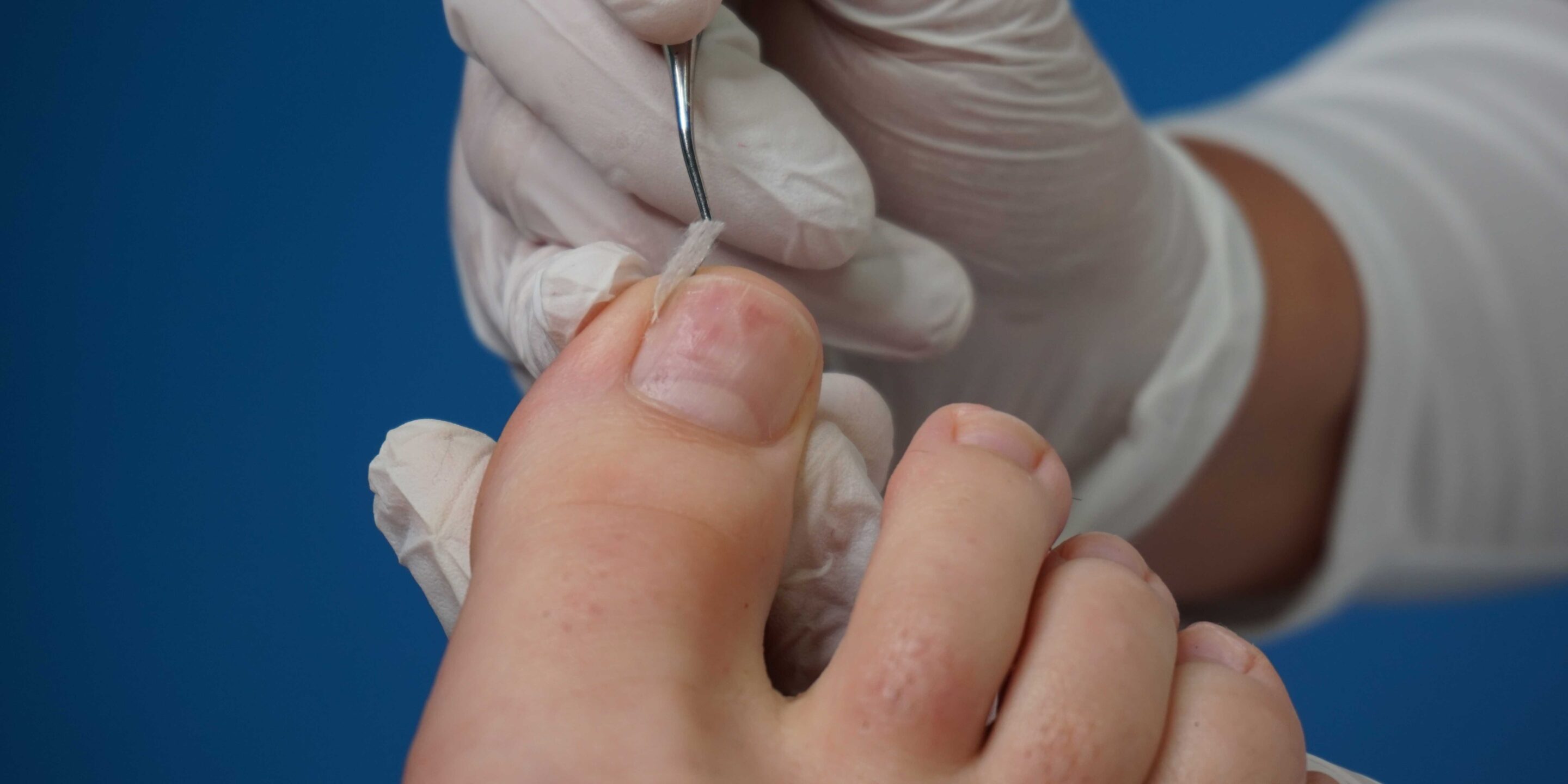Does Treatment for Ingrown Nails Hurt?
Ingrown toenails can be more than just a minor annoyance; they can cause significant pain and discomfort. However, the fear of treatment should not deter you from seeking relief. In this blog post, we will delve into the causes of ingrown toenails, why they can be painful, and the details of ingrown toenail surgery, along with what to expect during the recovery period.
What Causes Ingrown Toenails
Understanding the root causes of ingrown toenails is crucial in preventing their recurrence. Trimming nails too short or in a curve is a common culprit. The use of ill-fitting shoes, especially those that are too tight or small, can exert pressure on the toenails, leading to ingrowth. In some cases, inherited genes can contribute to naturally curved nails, making individuals more susceptible to ingrown toenails.
Why Do Ingrown Toenails Hurt?
The pain associated with ingrown toenails primarily stems from the toenail’s border growing into the surrounding skin. This often results in inflammation, redness, and tenderness, making everyday activities such as walking or wearing shoes a painful experience. The intensity of the pain can vary, ranging from mild discomfort to a sharp, throbbing sensation.
What Can I Expect from Ingrown Toenail Surgery?
Opting for professional treatment for ingrown toenails is a wise decision for long-term relief. The surgical procedure, typically lasting around 10 minutes, is performed under local anesthesia to ensure a pain-free experience. Throughout the procedure, patients report feeling minimal to no discomfort, providing a sense of comfort and ease.
The surgeon will carefully remove the ingrown portion of the toenail and then dress the wound using gel, gauze, and a bandage. Importantly, the entire procedure is virtually painless, and any discomfort experienced afterward is generally less than the pain endured due to the ingrown toenail itself.

After Surgery Care
While recovery from ingrown toenail surgery is typically swift, there are essential post-operative care steps to follow to promote optimal healing. It is common to experience mild swelling and aches at the surgical site, but these are manageable and temporary. Patients receive detailed post-operative instructions, emphasizing the importance of avoiding any activities that may stub or injure the treated toe.
To facilitate the healing process, individuals are advised to refrain from engaging in rigorous exercise or sports for a specified period. However, the majority of patients can comfortably return to their regular activities, including wearing regular shoes and resume work or school as early as the next day.
Contact Us Today to Schedule an Appointment
If you’re grappling with the discomfort of ingrown toenails, seeking professional help is the key to relief. Schedule an appointment with a qualified podiatrist to assess your condition and discuss appropriate treatment options. The procedure is quick, virtually painless, and offers long-lasting relief from ingrown toenail pain.
While ingrown toenails can be painful, the treatment process is designed to minimize discomfort, ensuring a smooth and comfortable recovery. Understanding the causes, the pain factors involved, and the ease of the surgical procedure can help alleviate any concerns about seeking treatment for this common foot ailment. Don’t let the fear of treatment prevent you from achieving lasting relief from ingrown toenail pain.
